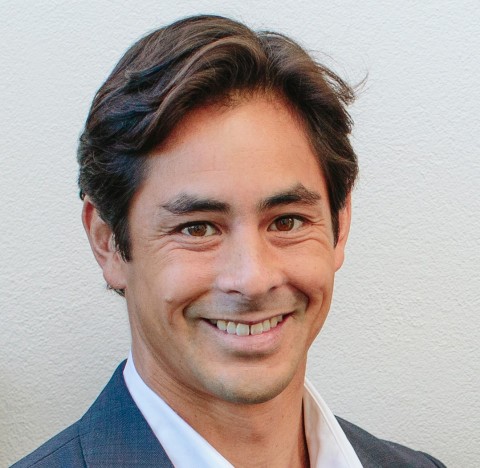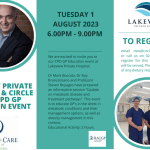Rotator cuff tears – natural history and surgical indications
by Dr Marcus Chia
MBBS (Hons) FRACS (Orth) BAppSc (Physio) FAOrthA
Shoulder and Elbow Surgeon

Rotator cuff visualisation.
Understanding the natural history of rotator cuff tears is helpful in developing treatment algorithms. Rotator cuff pathology is the most common cause of shoulder disability and becomes more prevalent with age.
Progression occurs along a continuum from tendinopathy to partial thickness tears, full thickness tears and eventually rotator cuff tear arthropathy. Asymptomatic rotator cuff tears increase with age affecting 20% of people in their 60s, 50% in their 70s and up to 80% of people over the age of 80 years.
Whilst the treatment for traumatic rotator cuff tears in young people is surgical, the treatment of degenerative rotator cuff tears is more controversial.Understanding the natural history of rotator cuff tears is helpful in developing treatment algorithms.
The risk of tear enlargement is approximately 20% at 2 years and 50% at 5 years. The factors important for pain development in asymptomatic tears is less clearly defined but approximately 50% of people develop pain within 5 years. It is also important to note that disease severity does not correlate well with pain scores and factors other than tear enlargement must play a role.
Full thickness tears lead to muscle fatty atrophy secondary to tendon retraction and impaired force transmission. The timeline from tear to development of muscle degeneration is variable but the median time is one year.
Although the correlation between successful tendon healing following rotator cuff surgery and clinical outcomes is debated, it is thought that more consistent clinical results are obtained with healing of the tendon. Patient age, tear size, tendon retraction and fatty muscle atrophy are key factors in predicting tendon healing following rotator cuff repair. Healing rates are lower in people over the age of 65 years, tears > 2 cm, tendon retraction to the glenoid and fatty muscle atrophy of the infraspinatus.
Rotator cuff tears resulting from acute injuries are thought to be more likely to heal than degenerative rotator cuff tears after surgical repair. Outcomes for those undergoing surgery within 4 months of injury appear to be better.
Informed decision making for the management of degenerative rotator cuff tears should include a complete discussion of the risks and benefits of both non-operative and operative management. Conservative treatment for asymptomatic full thickness rotator cuff tears is a well-accepted method and in many patients with advanced age and medical comorbidities may well be the preferred treatment. Delayed surgical intervention may allow tear enlargement, development of irreversible muscle degeneration and progression of arthritic changes.
Tears can be categorised into 3 groups: non-operative, operative and surveillance treatment.
Non-operative candidates typically include tears at both ends of the spectrum: partial thickness rotator cuff tears and larger tears with advances fatty muscle atrophy and/or proximal humeral migration.
Operative candidates include those with acute traumatic full thickness tears and acute on chronic tears with a dramatic loss of function such as pseudoparalysis in people under the age of 65 years.
Surveillance treatment is considered in asymptomatic full thickness tears and previously painful shoulders with recent trauma (acute on chronic tears). These individuals should be counselled not to ignore an increase in shoulder weakness because this may signal tear enlargement.

FIGURE 1: Cuff tear arthropathy with proximal humeral migration. There is no need for any imaging of the rotator cuff in this case. The only option should this patient fail non-operative management would be a reverse shoulder arthroplasty.

FIGURE 2: Acute traumatic cuff tear in a young patient requires surgical repair.
Optimal management of rotator cuff pathology requires an understanding of the natural history of degenerative rotator cuff tears and disease process as well as the risks of disease progression and factors that nfluence tendon healing following rotator cuff repair. Treatment must be individualised based on the clinical presentation, patient and tear related factors.

Dr Marcus Chia
MBBS (Hons) FRACS (Orth) BAppSc (Physio) FAOrthA
Orthopaedic surgery





